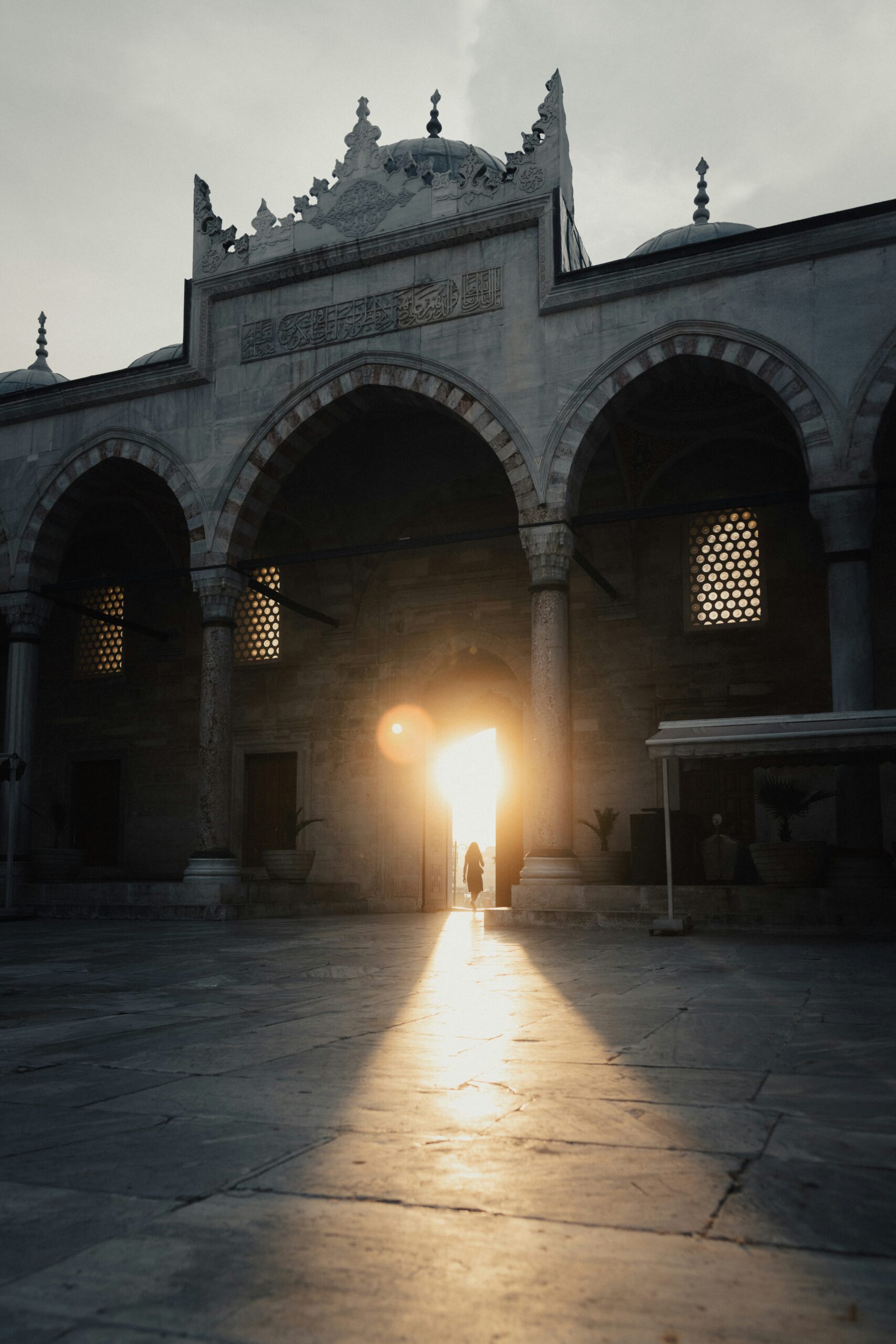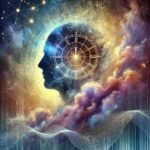Alcock, J. (1981). Parapsychology: Science or magic? A psychological perspective. Pergamon Press.
Alcock, J. (1987). Parapsychology: Science of the anomalous or search for the soul? Behavioral and Brain Sciences, 10(4), 553–565. https://doi.org/10.1017/S0140525X00054467
Beloff, J. (1993). Parapsychology: A concise history. St. Martin’s Press
Bunge, M. (1991). A skeptic’s beliefs and disbeliefs. New Ideas in Psychology, 9, 131–149.
Cohen, L., Delorme, A., Cusimano, A., Chakraborty, S., Nguyen, P., Deng, D., Iqbal, S., Nelson, M., Wei, D., Fields, C., & Yang, P. (2024). Examining the effects of biofield therapy through simultaneous assessment of electrophysiological and cellular outcomes. Scientific Reports, 14, 29221. https://doi.org/10.1038/s41598-024-79617-3
Demir, E. (2019). The evolution of spirituality, religion and health publications: Yesterday, today and tomorrow. Journal of Religion and Health, 58(1), 1-13. https://doi.org/10.1007/s10943-018-00739-w
Editors’ Introduction. (2009). Archive for the Psychology of Religion, 31(3), 273-274. https://doi.org/10.1163/008467209X12499946199362
Freedman, M., Binns, M. A., Meltzer, J. A., Hashimi, R., & Chen, R. (2024). Enhanced mind-matter interactions following rTMS induced frontal lobe inhibition. Cortex, 172, 222–233. https://doi.org/10.1016/j.cortex.2023.10.016
Hood, R. W., Jr. (2024). The history and current status of the psychology of religion and spirituality. In L. J. Miller (Ed.), The Oxford handbook of psychology and spirituality (2nd ed.) (pp. 1-21). Oxford Academic. https://doi.org/10.1093/oxfordhb/9780190905538.013.1
Irwin, H. J., & Watt, C. A. (2007). An introduction to parapsychology (5th ed.). McFarland.
James, W. (1902). The varieties of religious experience: A study in human nature. Longmans, Green and Co. https://doi.org/10.1037/10004-000
Lindeman, M., Blomqvist, S., & Takada, M. (2012). Distinguishing spirituality from other constructs: Not a matter of well-being but of belief in supernatural spirits. The Journal of Nervous and Mental Disease, 200(2), 167–173. https://doi.org/10.1097/NMD.0b013e3182439719
Linfield, K. J. (2021). Psychology of religion and spirituality: What should we study and how? Introducing this special section. Psychology of Religion and Spirituality, 13(1), 1–2. https://doi.org/10.1037/rel0000401
Luhrmann, T. M., Weisman, K., Aulino, F., Brahinsky, J. D., Dulin, J. C., Dzokoto, V. A., Legare, C. H., Lifshitz, M., Ng, E., Ross-Zehnder, N., & Smith, R. E. (2021). Sensing the presence of gods and spirits across cultures and faiths. Proceedings of the National Academy of Sciences of the United States of America, 118(5), e2016649118. https://doi.org/10.1073/pnas.2016649118
MacDonald, D. (2000). Spirituality: Description, measurement, and relation to the Five-Factor Model of Personality. Journal of Personality, 68(1), 153–197.
MacDonald, D., Friedman, H., Brewczynski, J., Holland, D., Salagame, K. K., Mohan, K., Gubrij, Z., & Cheong, H. W. (2015). Spirituality as a scientific construct: Testing its universality across cultures and languages. PLoS ONE, 10(3), e0117701. https://doi.org/10.1371/journal.pone.0117701
Maraldi, E. O. (2021). Parapsychology and religion. Brill. https://doi.org/10.1163/9789004467835
Maraldi, E. de O., & Farias, M. (2019). Assessing implicit spirituality in a non-WEIRD population: Development and validation of an implicit measure of new age and paranormal beliefs. The International Journal for the Psychology of Religion, 30(2), 101–111. https://doi.org/10.1080/10508619.2019.1661198
Maraldi, E. O., Taves, A., Moll, J., Hartle, L., Moreira-de-Oliveira, M. E., Bortolini, T., & Fischer, R. (2024). Nonordinary experiences, well-being and mental health: A systematic review of the evidence and recommendations for future research. Journal of Religion and Health, 63(1), 410–444. https://doi.org/10.1007/s10943-023-01875-8
Marshall, J., & Olson, D. V. A. (2018). Is ‘spiritual but not religious’ a replacement for religion or just one step on the path between religion and non-religion? Review of Religious Research, 60(4), 503-518. https://doi.org/10.1007/s13644-018-0342-9
McNamara, P., Newsome, W., Linkenhoker, B., & Grafman, J. (2024). Neuroscientists must not be afraid to study religion. Nature, 631(8019), 25–27. https://doi.org/10.1038/d41586-024-02153-7
Moreira-Almeida, A., & Hood, R. W., Jr (2024). Methodological exclusion of the transcendent? Implications for theory and research in religion, spirituality and health. Journal of Religion and Health, 63(2), 1554–1566. https://doi.org/10.1007/s10943-023-01896-3
Myers, F. H. W. (1900). Presidential address. Proceedings of the Society for Psychical Research, 37, 110–127.
Oswald, V., Vanhaudenhuyse, A., Annen, J., Martial, C., Bicego, A., Rousseaux, F., Sombrun, C., Harel, Y., Faymonville, M.-E., Laureys, S., Jerbi, K., & Gosseries, O. (2023). Autonomic nervous system modulation during self-induced non-ordinary states of consciousness. Scientific Reports, 13, 15811. https://doi.org/10.1038/s41598-023-42393-7
Plante, T. G., Schwartz, G. E., Exline, J. J., Park, C. L., Paloutzian, R. F., Seitz, R. J., & Angel, H.-F. (2023). Human interaction with the divine, the sacred, and the deceased: Topics that warrant increased attention by psychologists. Current Psychology: A Journal for Diverse Perspectives on Diverse Psychological Issues. Advance online publication. https://doi.org/10.1007/s12144-022-04226-0
Schofield, M., Baker, I., Staples, P., & Sheffield, D. (2016). Mental representations of the supernatural: A cluster analysis of religiosity, spirituality, and paranormal belief. Personality and Individual Differences, 101, 419–424. https://doi.org/10.1016/j.paid.2016.06.020
Sommer, A. (2012). Psychical research and the origins of American psychology: Hugo Münsterberg, William James, and Eusapia Palladino. History of the Human Sciences, 25(2), 23–44. https://doi.org/10.1177/0952695112439376
Stevenson, I. (1988). Guest editorial: Was the attempt to identify parapsychology as a separate field of science misguided? The Journal of the American Society for Psychical Research, 82(4), 309-317.
Streib, H., Klein, C., Keller, B., & Hood, R. W., Jr. (2020). The Mysticism Scale as a measure for subjective spirituality: New results with Hood’s M-Scale and the development of a short form. In A. L. Ai, P. Wink, R. F. Paloutzian, & K. A. Harris (Eds.), Assessing spirituality in a diverse world (pp. 467–491). Springer. https://doi.org/10.1007/978-3-030-52140-0
Tart, C. (2003). Spiritual motivations of parapsychologists? Empirical data. The Journal of Parapsychology, 67(2), 181–184.
Taves A. (2014). A tale of two congresses: The psychological study of psychical, occult, and religious phenomena, 1900-1909. Journal of the History of the Behavioral Sciences, 50(4), 376–399. https://doi.org/10.1002/jhbs.21691
Taves, A., Ihm, E., Wolf, M., Barlev, M., Kinsella, M., & Vyas, M. (2023). The Inventory of Nonordinary Experiences (INOE): Evidence of validity in the United States and India. PloS one, 18(7), e0287780. https://doi.org/10.1371/journal.pone.0287780
Thalbourne, M. A., & Houtkooper, J. M. (2002). Religiosity/spirituality and beliefs in the paranormal: A German replication. Journal of the Society for Psychical Research, 66(867), 113–115.










